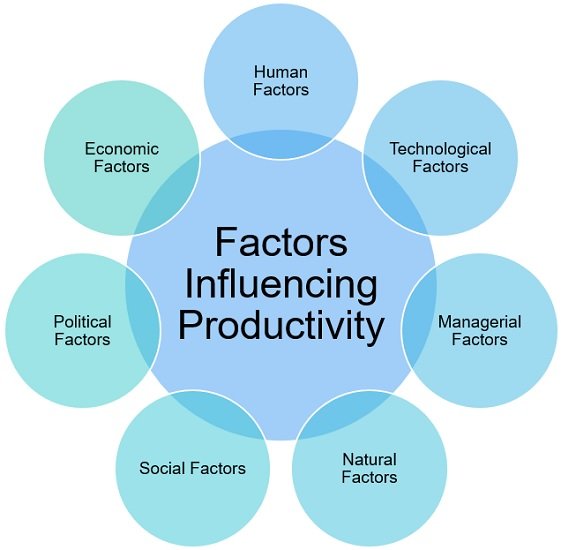
Analyst Vladimir Chernov: «Geopolitics will be the main factor for the national currency»
Introduction
August, traditionally considered a challenging month for the ruble since the 1998 default, proved relatively stable in 2025. The Russian national currency experienced only a slight depreciation: against the dollar, it moved from approximately 79 to 80 rubles, and against the euro, from 92 to 94 rubles. Contrary to many expert predictions, no sharp decline occurred. Now, attention turns to September: will the ruble continue its remarkable stability, or is a period of weakening on the horizon? Vladimir Chernov, an analyst at Freedom Finance Global, shares his insights.
Geopolitics and Domestic Economic Influence
Vladimir Chernov forecasts that the ruble will likely remain under pressure and exhibit high volatility this autumn. Geopolitical events and sanctions policy will be the primary drivers. Any steps towards easing restrictions could support the exchange rate, while new sanctions, conversely, would accelerate the ruble`s weakening.
Among domestic factors, the analyst highlights the recent abolition of mandatory repatriation of export earnings, which will reduce the supply of foreign currency in the Russian over-the-counter market. A narrowing trade surplus and the traditional seasonal increase in demand for foreign currency from importers and businesses at the start of autumn will also exert downward pressure on the rate.
The Role of the Central Bank`s Key Rate
In September 2025, the Central Bank of Russia is expected to reduce its key rate from the current 18% to 16-17%. According to Chernov, this anticipated rate cut is already partially priced into the ruble`s current exchange rate. If the rate is lowered by the expected 1 percentage point, no significant change in the ruble`s value should occur. However, a smaller reduction or maintaining the rate at 18% could lead to a slight strengthening of the ruble, possibly returning it below 80 per dollar. Conversely, a larger rate cut could cause the ruble to weaken slightly, potentially reaching 83–85 rubles per dollar.
Impact of Oil Prices
Despite the weakening direct correlation between oil prices and the ruble`s exchange rate, they remain an important factor. With an expected average Brent oil price of $65–70 per barrel in 2025 (compared to $71–75 in September 2024), the ruble will not receive strong support.
Geopolitical Scenario
Chernov emphasizes that geopolitics is a pivotal factor. Positive expectations related to a possible de-escalation of the Ukrainian conflict and a subsequent softening of sanctions had supported the ruble`s stability earlier in 2025. However, a lack of concrete agreements could limit any further positive effect in September. The dilemma is as follows: if progress is made in negotiations for a conflict resolution in Ukraine or sanctions relief, the ruble could strengthen to a range of 76–80 rubles per dollar. Conversely, increased sanctions pressure, the introduction of new export restrictions, or complications in import settlements could weaken the ruble to 85–88 per dollar.
Forecast for September and Year-End
In his base-case scenario, Vladimir Chernov predicts the dollar exchange rate in September will hover between 82–83 rubles. By the end of September, he anticipates a depreciation of the ruble to 83–85 per dollar, as he does not expect rapid agreements regarding Ukraine. By year-end, he forecasts the dollar rate to be around 88–95 rubles, assuming no unforeseen shock events or force majeure circumstances, which cannot be ruled out, especially from a geopolitical perspective.











